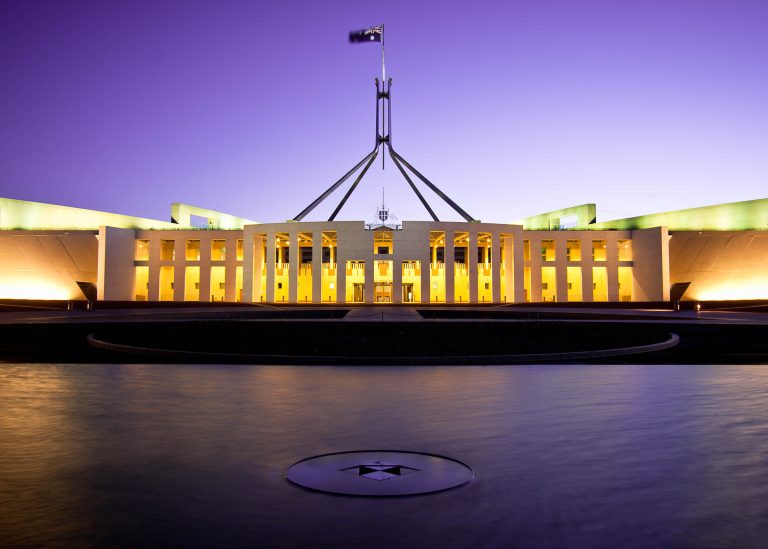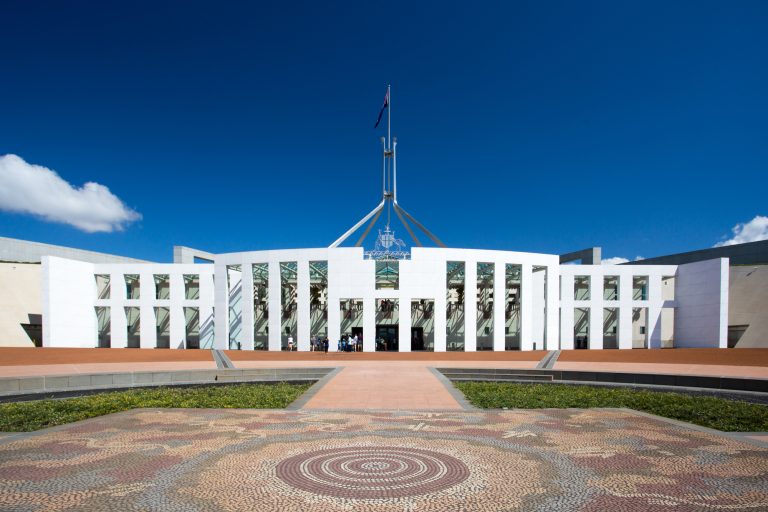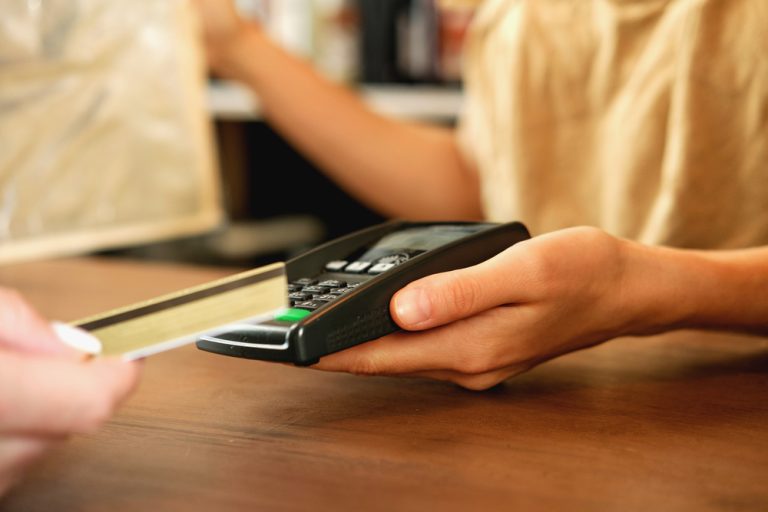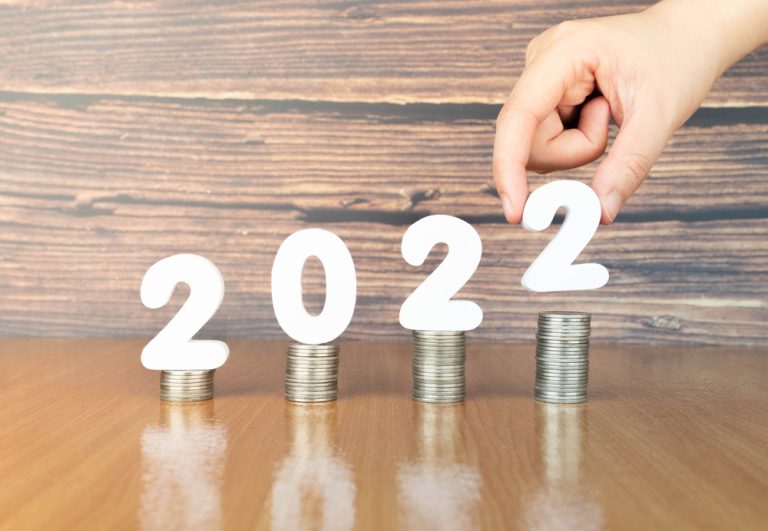6 steps to a sustainable Christmas
Just as the Grinch stole Christmas, excess spending can rob us all of yuletide happiness. Seasonal credit card splurges can create ballooning long term debt, while unnecessary consumption inevitably leads…

Just as the Grinch stole Christmas, excess spending can rob us all of yuletide happiness. Seasonal credit card splurges can create ballooning long term debt, while unnecessary consumption inevitably leads…

A sudden uptick in the unemployment rate and slower economic growth combined with continued strong inflationary pressures are set to test the Australian economy during the next two years, according…

The Federal Government has delivered a big-spending 2022 budget, taking immediate steps to reduce cost of living pressures for working Australians while implementing a range of massive infrastructure and defence…

Talk about hammering the plastic. In November 2021, Australia’s 13.2 million credit card accounts were used to make over 292 million transactions with a total value of $31.9 billion. Card…

Another year is over. Did you achieve everything you’d hoped? Are you better or worse off financially than you were this time last year? With a new year in front…
End of content
End of content